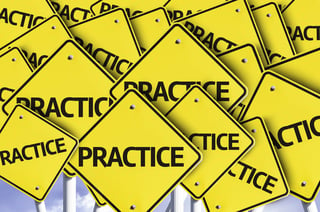Con tanto cambio a nuestro alrededor, hemos tenido que buscar y crear herramientas para adaptarnos a nuestras rutinas diarias. Estar guardados en un lugar que se transformó de una cálida casa a oficina, gimnasio, mall online y cine, no ha sido un proceso fácil. Incluso a ratos, nos deja la sensación de no poder aguantar más así. La tecnología nos ha ayudado a continuar trabajando y estar conectados a nuestros seres queridos y amigos, pero los desafíos de este tipo de conexión siguen siendo grandes.
“This person really upsets me!” is a very common expression; the anger emotion arises when something or someone gets us off balance. This change from our “not angry” or relaxed state to an “angry” state, is almost unnoticeable. Of course, we know when we are angry or very angry, but when we are aware, we are already beyond the transition point from relaxed to angry. The anger energy is so strong that when it happens, we don’t realize it,. It is like a shock in which we gain awareness once we are well into the anger and in the strongest cases not even in that moment but after it goes away.
For the last 20 years I have been an avid meditator, skipping a few days here and there but mostly sticking to give myself the gift of 30 minutes of relaxing calm every morning training my brain. When I learned to meditate, I remember in one of the instructions from a guided meditation the phrase: “total attention voluntary, continued and concentrated in the object of your attention that is your breathing”.
With constant changes around us, we've had to embrace our own adaptation skills for our daily routines. Being contained in a place that transformed itself from a cozy home to office, gym, online shopping plaza and movie theater, has not been an easy process and at some times feels like we cannot take it anymore. Technology has helped to stay working and “in touch” with loved ones and friends but the challenges of this type of connection are big.
I think of all the times we are asked to share ideas, to help solve problems, to brainstorm new ideas, how many of those times do we hold ourselves back? How many of those times do we question our ideas? In a conversation with a friend, I asked her to describe a leader she really admired that was inspiring and supportive. She told me that she considered herself lucky because she did have an example for me. This leader would often sit with the team to brainstorm, and ask many questions to get her team to engage and just say whatever was on their mind. She would bring a blank canvas to a meeting and challenge her team to fill it. The idea was meant to inspire them and to challenge them to think outside of the box, but also to trust that she was listening. They would come up with the most amazing ideas that they could. The sky was the limit. And in our conversation my friend and I talked about the importance of encouraging and engaging our teams to want to share their ideas, their thoughts, to question processes and investigate possibilities. What would you do if you were given a blank canvas? How would you fill the space? What would you be willing to share? Express?
 “Esta persona me hace enojar” es una expresión común; el enojo surge cuando alguien nos altera. Esta transición de nuestro estado “no enojado” a “enojado” es casi imperceptible.
“Esta persona me hace enojar” es una expresión común; el enojo surge cuando alguien nos altera. Esta transición de nuestro estado “no enojado” a “enojado” es casi imperceptible.
 “No es personal” es una frase de uso común cuando estamos haciendo comentarios o compartiendo malas noticias con alguien, normalmente sobre algo relacionado con el trabajo. Sabemos que cuando nos tomamos las cosas personalmente, nuestro cerebro reacciona con nuestro mecanismo de defensa animal que nos protege inmediatamente de cualquier forma de agresión. Incluso si lo que percibimos como agresión son palabras, nuestro sistema genera adrenalina, envía sangre a nuestras extremidades y comienza nuestra respuesta de lucha o huida.
“No es personal” es una frase de uso común cuando estamos haciendo comentarios o compartiendo malas noticias con alguien, normalmente sobre algo relacionado con el trabajo. Sabemos que cuando nos tomamos las cosas personalmente, nuestro cerebro reacciona con nuestro mecanismo de defensa animal que nos protege inmediatamente de cualquier forma de agresión. Incluso si lo que percibimos como agresión son palabras, nuestro sistema genera adrenalina, envía sangre a nuestras extremidades y comienza nuestra respuesta de lucha o huida.
 “It’s not personal”, is a commonly used phrase when we are either giving feedback or sharing bad news with someone about something at work. We know that when we take things personally our brain reacts with our animal defense mechanism immediately protecting us from any form of aggression. Even if what we perceive as aggression is words, our system generates adrenaline, sends blood to our limbs and starts up our fight or flight response.
“It’s not personal”, is a commonly used phrase when we are either giving feedback or sharing bad news with someone about something at work. We know that when we take things personally our brain reacts with our animal defense mechanism immediately protecting us from any form of aggression. Even if what we perceive as aggression is words, our system generates adrenaline, sends blood to our limbs and starts up our fight or flight response.
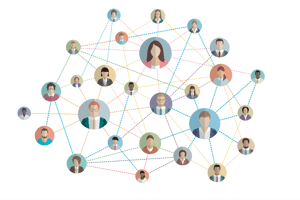 Todos sabemos que la soledad no es nada agradable. Cuando estamos solos y tenemos esa sensación de no estar conectados, las emociones negativas surgen fácilmente e incluso pueden llevarnos al punto de sentirnos deprimidos o completamente desmotivados. ¿Pero estamos haciendo algo al respecto?
Todos sabemos que la soledad no es nada agradable. Cuando estamos solos y tenemos esa sensación de no estar conectados, las emociones negativas surgen fácilmente e incluso pueden llevarnos al punto de sentirnos deprimidos o completamente desmotivados. ¿Pero estamos haciendo algo al respecto?
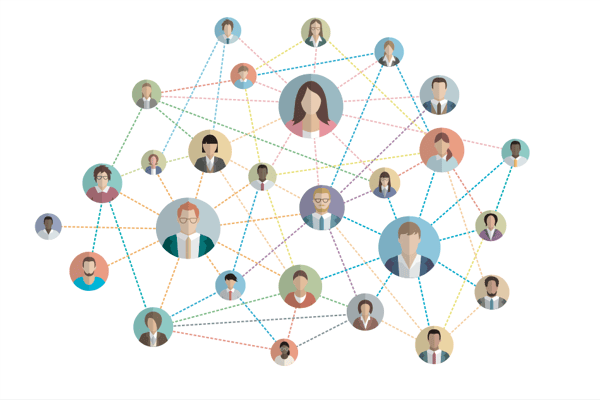 We all know that loneliness is not a nice thing. When we are lonely and we have that feeling of not being connected, negative emotions easily arise and can even hold us to the degree of feeling depressed or completely demotivated. But are we reaching out?
We all know that loneliness is not a nice thing. When we are lonely and we have that feeling of not being connected, negative emotions easily arise and can even hold us to the degree of feeling depressed or completely demotivated. But are we reaching out?
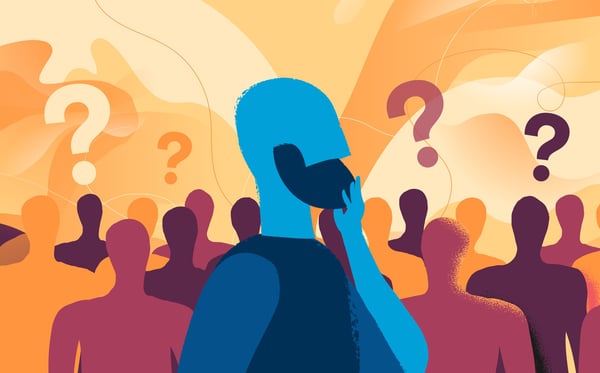
“You must hear the very same thing over and over again” my coachee said, as we finished the session.I have to admit, he caught me off guard and caused me to pause. I think one of the things I have learned in my years of coaching through helping and challenging people in different situations, stages of their lives and parts of the world, is that there are no two people that share the exact same situation, thoughts or ideas.
Being a good communicator is more than being able to speak clearly and effectively. There are three things you learn in coaching that can take your communication skills to the next level
Listen. Observe. Accept. Move.
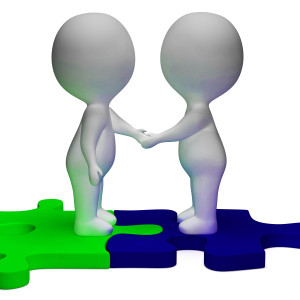 There is a fine line between constructive criticism and just flat out disapproval. Being on the receiving end can either be helpful or make you defensive. We are all born with the ability to express ourselves; we all know how to display emotions and we all communicate them, unfortunately we are not all equipped with the same ability of knowing exactly when we should communicate certain thoughts, feelings or suggestions, I call it tact. Some are born with it; and others, well sadly it takes a lifetime.
There is a fine line between constructive criticism and just flat out disapproval. Being on the receiving end can either be helpful or make you defensive. We are all born with the ability to express ourselves; we all know how to display emotions and we all communicate them, unfortunately we are not all equipped with the same ability of knowing exactly when we should communicate certain thoughts, feelings or suggestions, I call it tact. Some are born with it; and others, well sadly it takes a lifetime.

